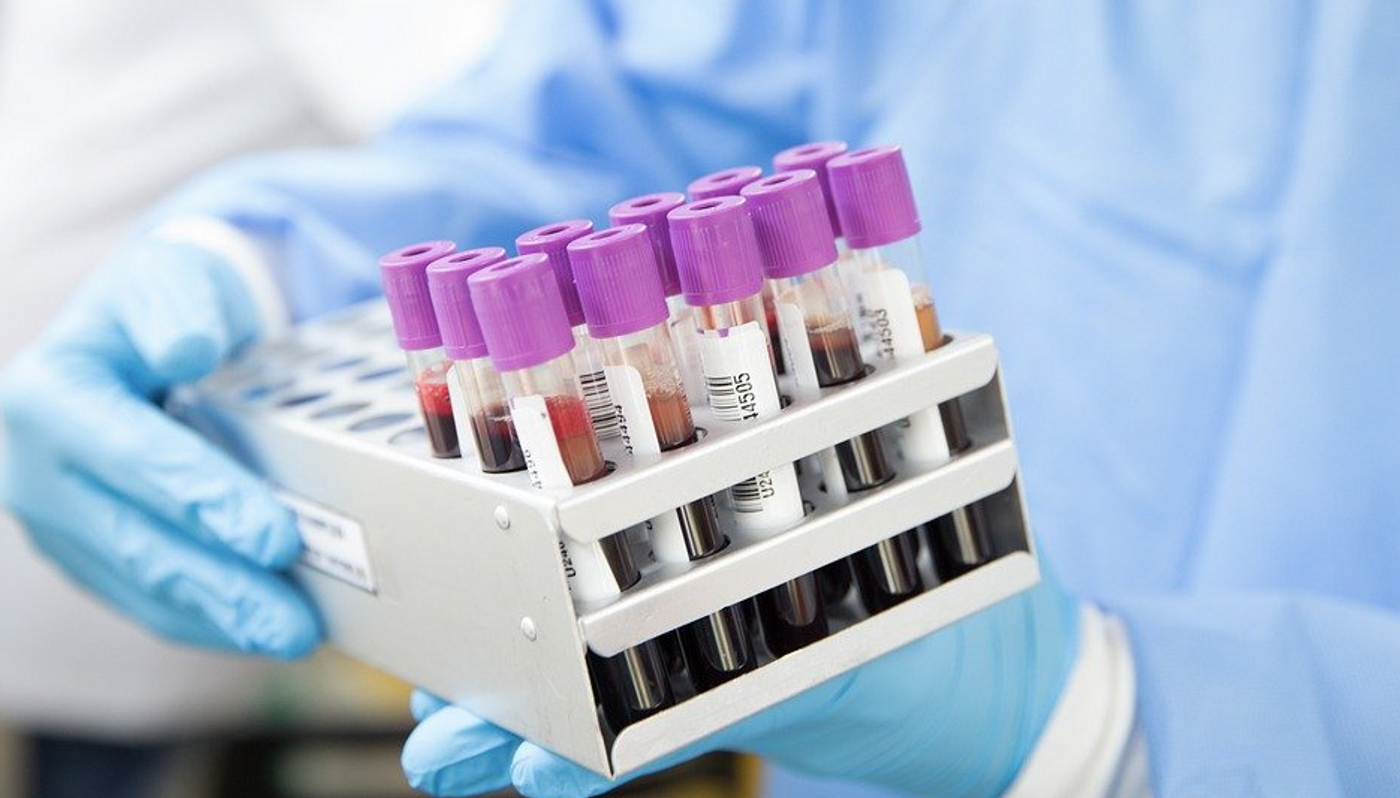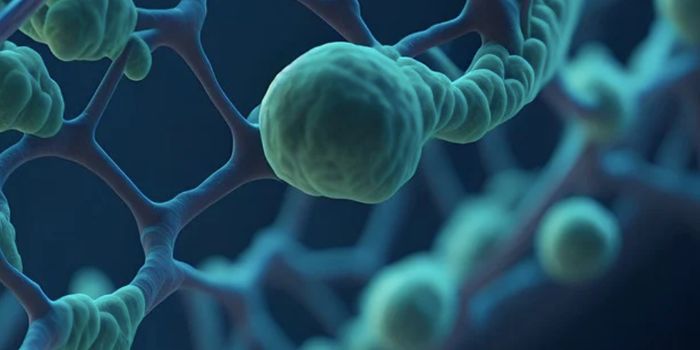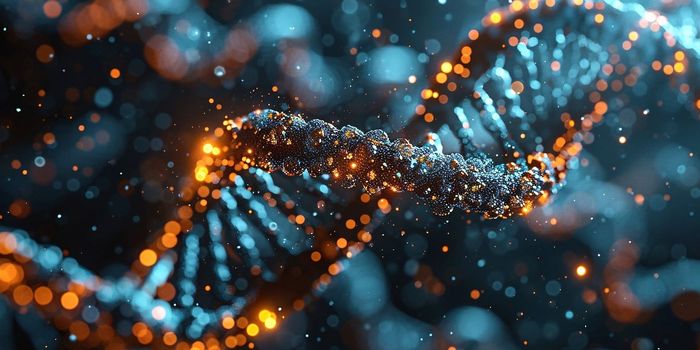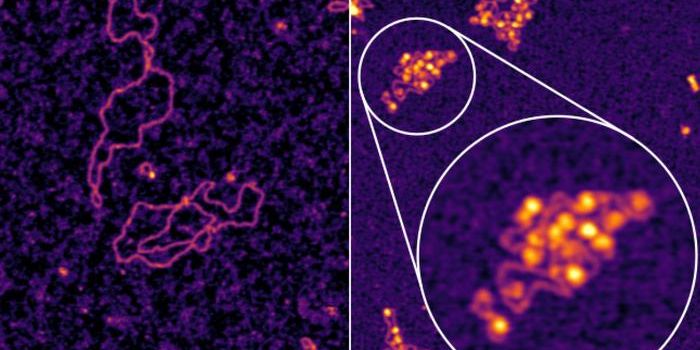Modified CRISPR Corrects Cystic Fibrosis Mutations in Organoid Model
Over 70,000 people around the world have cystic fibrosis (CF), one of the world's most common genetic diseases. Two copies of the mutated CFTR gene cause the disease; an affected individual usually inherits one copy from each parent. There are about 1,000 new cases diagnosed every year. The severity and symptoms of CF can vary widely and may depend on the type of mutation, but they're caused by dysfunction in a protein called CFTR. The protein normally moves salt out of cells to their surface and when it cannot, thick mucus builds up because there is no salt at the cell surface to attract water. Living with CF means dealing with the mucus, which can cause lung infections or disrupt nutrient absorption by the pancreas.
Some genetic technologies are aiming to treat the cause of CF - the genetic mutations. Researchers have now shown that the mutant CFTR gene can be repaired in an organoid model with a modified version of the CRISPR editing tool; the technique is called prime editing.
Organoids are mature versions of human organs that are created with the same cell types found in the human body and are self-assembling. In this work, organoids modeling the human intestine were used, and the researchers could generate both normal organoids and organoids that carried CFTR mutations that are found in patients.
Related: Scientists Create a New Version of CRISPR - Prime Editing
CRISPR/Cas9 uses an enzyme that cuts DNA. One drawback of the method is that it can sometimes make cuts in the wrong genetic sequence. The study authors said that prime editing enabled them to add in normal copies of DNA without making other, so-called off-target cuts.
"In our study, prime editing proves to be a safer technique than the conventional CRISPR/Cas9. It can build in a new piece of DNA without causing damage elsewhere in the DNA. That makes the technique promising for application in patients," said first study author Maarten Geurts.
CFTR mutations lead to mucus-covered cells, and when these cells are exposed to a chemical called forskolin, they do not swell up like normal cells would when treated with forskolin. When the researchers exposed the prime-edited CF organoids to forskolin, they swelled. "That provided us with proof that our technique worked and replaced the mutated DNA," said Geurts.
More research will be needed to show that this approach would be safe and effective in the clinic. But it does take another step toward the goal of correcting CF mutations to cure the disease.
"New variants of CRISPR-Cas9, such as prime editing, can safely correct mutations without causing damage in other regions of the DNA. This will hopefully enable us to cure or even prevent genetic diseases in the future," Geurts added.
The work has been reported in a journal called Life Science Alliance, which was established in 2018 by EMBO Press, Rockefeller University Press, and Cold Spring Harbor Laboratory Press.
Sources: Phys.org via Hutrecht Institute, Life Science Alliance









